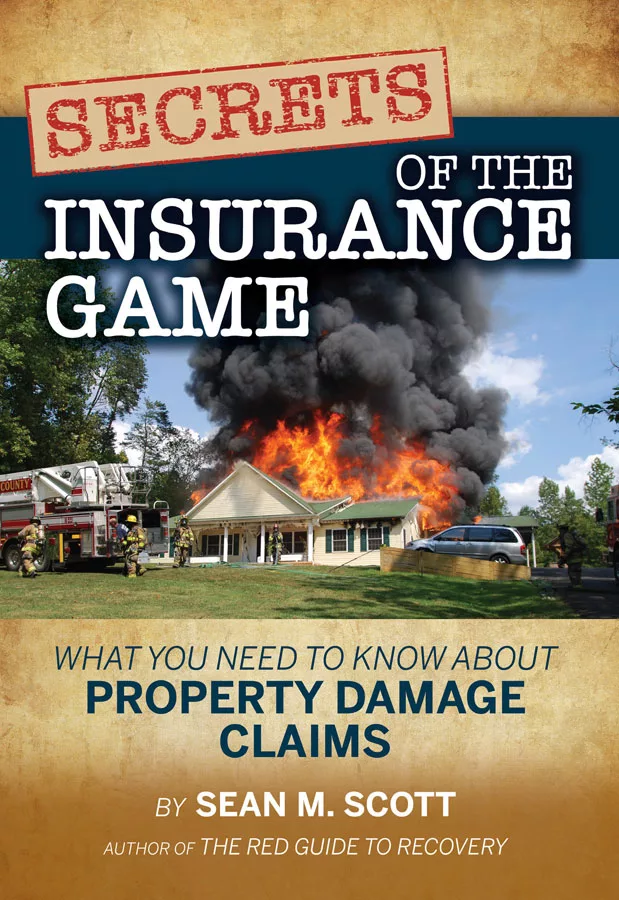Understanding & Combating the Dangers of Silica
“Nothing is built on stone; all is built on sand, but we must build as if the sand were stone.”
Who would ever guess what Jorge Borges, a fictional writer from the turn of the century in the 1900’s wrote, would be so true today! Indeed, all you see in the built environment has basic building blocks that contain sand, and for our purposes of discussion today, an even more elemental component called silica.
Look around from where you sit reading this. If you’re inside a building, it’s likely 70 percent of the structure is made from some form of silica like foundations, exterior plasters, drywall, insulation/fireproofing, architectural finishes (flooring, marbles, granites, ceramics, counters, etc.), plumbing fixtures, and the very screen you’re viewing while reading now. That monitor, tablet, android, or other electronic device uses glass in the finish screen. And what about those little powder packets in your new shoe box to wick away moisture? Yup, silica.
Those of you in the world of restoration and remediation perform many tasks like demolition, sweeping, cutting, abrading, sawing, sanding, digging, applying materials, and more, where you will encounter, disturb or process materials that contain silica you might inhale.
We’ve known for quite some time about health effects on humans exposed to moderate or even occasional amounts of silica – like lung cancer, kidney and autoimmune disease, and more. Even with significant amounts of scientific review, it’s taken OSHA and other regulatory bodies years to propose the changes and get legislation on the docket. After two years of open forum meetings that normally happen over just a 90-day period, OSHA should have a proposed Silica Standard out at any time. It was due out in July, but Congressional discussion could delay its implementation.
Currently, the PEL (Permissible Exposure Limit) is set at 250 micrograms per cubic meter of air for mining/shipbuilding industries and 100 micrograms per cubic meter of air for general industry and construction. Proposed legislation would slash that in half – to 50 micrograms.
Interestingly enough, the Annals of Occupational Hygiene, one of the world’s top research journals on hazards and risks to health resulting from work, did a fascinating study about the issue of Respirable Crystalline Silica. It included a review of 46 sources of literature over the last 25 years. It included 27 major construction categories that included well over 200 individual tasks. They found in the U.S., Canada and European Union, more than five million people have potential exposure issues from silica. Plus, exposure in residences is nearly three times the proposed standard and double in commercial structures.
What does that tell us? Is the proposed level to low? Or perhaps, similar to asbestos, we may find in the coming years even that level may not be low enough and a lower PEL established.
So what can be done to minimize the risks and minimize the pain for restoration and remediation professionals?
1. Place engineering controls on any project where dust generating activities may take place.
2. Monitor dust levels as a CYA (covering your assets) in case someone gets a little lawsuit happy.
3. Perform worker exposure sampling to determine if current work practices or projects place the worker above the “action level” of 25 micrograms per cubic meter and if so, get ready for some paperwork and program implementation.
4. Revamp your IIPP (for California) to specifically address the issue.
5. Review your current JHA (Job Hazard Analysis) to make sure the issue is addressed.
6. Review all current safety programs to make sure it includes issues of silica.
7. Revise work procedures to address exposure control measures for dust control, and silica in particular.
8. Have a drink.
9. If required by your state, implement a Personal Protective Plan (PPE) addressing how you intend to control potential exposure, protection of the employee and method of record keeping.
10. If exposure monitoring indicates levels above the PEL, even with engineering controls in place, establish a respiratory protection plan.
11. Have another drink. Get out your checkbook.
12. In necessary, provide employees with documentation from an occupational doctor indicating they may require a respirator during the course of their employment. An employee who is required to wear a negative pressure respirator, must be certified they’re medically fit to do so.
13. Sit down, have something to eat with that next drink. Keep checkbook handy.
14. Provide the employee with a respirator sufficient enough to account for the Protection Factor (PF) for the level of exposure the employee may encounter.
15. Check bank balance.
16. Institute respiratory protection program in compliance with OSHA and your local state requirements.
17. Yep… have a double!
Let’s go back to the question I first asked about ‘how do we minimize the pain?’
My dad’s a really smart guy… architect, engineer, and very analytical, programmed, you know the kind. So one day as a young kid, I was struggling with how to do something following the directions. It just wouldn’t do what it was supposed to do. He said, “Son, if it won’t work, sometimes you have to think about it differently…” and told me to throw out the box, and find another way.
Want to limit silica exposure? Some people have already thrown away the box in favor of practical solutions and inventions.
Handheld Power Tool Shrouds: Shrouds have been around for quite some time, but were normally designed only to keep particle type items from causing injuries to eyes, hands, or extremities. Now, they can capture dust as well. These type devices are becoming available from both equipment manufacturers and the big box stores as well.
Power Actuated Vacuum Systems: Vacuum-assist tools are not new, but what has changed is how they’re now “user friendly”. In the past, the operator would have to go turn the vacuum on, then back to his tool, then go turn the vacuum off when not in use. Now when the power tool is activated, the vacuum automatically turns on then shut off three seconds later to allow dust in the hose to reach the filter.
Hollow Core Drill Bits: Dust generated from drill operations has always been a problem, not only for worker exposure, but clean-up operations. Manufacturers now have created hollow drill bits that can be attached to equipment and actually vacuum away the particulate and dust at the point of generation.
Dust Collectors Made Simple: Sometimes, people can be ingenious! Take the person who thought up the small plastic device you attach to a surface, stick your drill bit in and whoosh, all the dust goes into a little sack that is the between the two layers of plastic. It’s called the DustBubble™. Or perhaps you need something with a bit more pull and panache. Not to be outdone, some creative soul came up with the small plastic device that uses the drill bit rotation to create the ‘power’ behind the blades, and as they spin, they create a vacuum where the drill bit passes, right at point where the drill bit disturbs the surface. All the dust is captured and drops into a small container attached. Remove, empty and start again! And there you have the Drill Maid™ and not very costly plus reusable over and over again.
You have the choices on how to approach the issue; do it as cheap as possible and have lots of compliance issues such as programs, medicals and respirators to look after, or, clearly think it through on what you do. You can spend a bit more in tooling and creativity to minimize your need medical surveillance. You can institute more engineering controls to achieve the minimum amount of exposure to your employees, and reduce potential worker’s compensation premiums.
Be innovative with work-altering tools and practices. With that, you’ll not only protect your workers but also their families by minimizing the amount of silica dust they carry home.
Looking for a reprint of this article?
From high-res PDFs to custom plaques, order your copy today!







